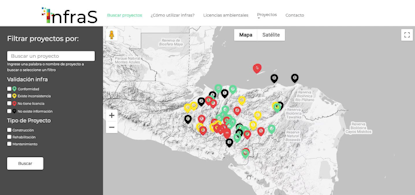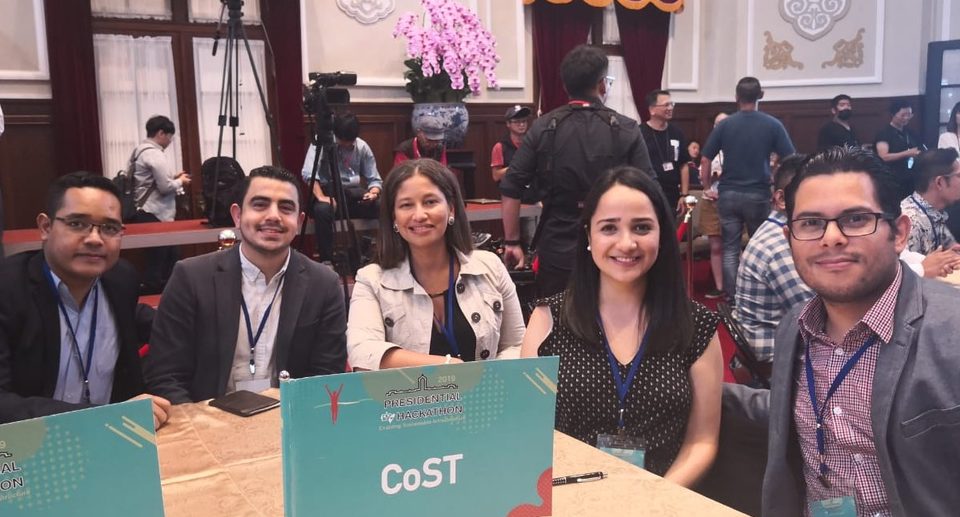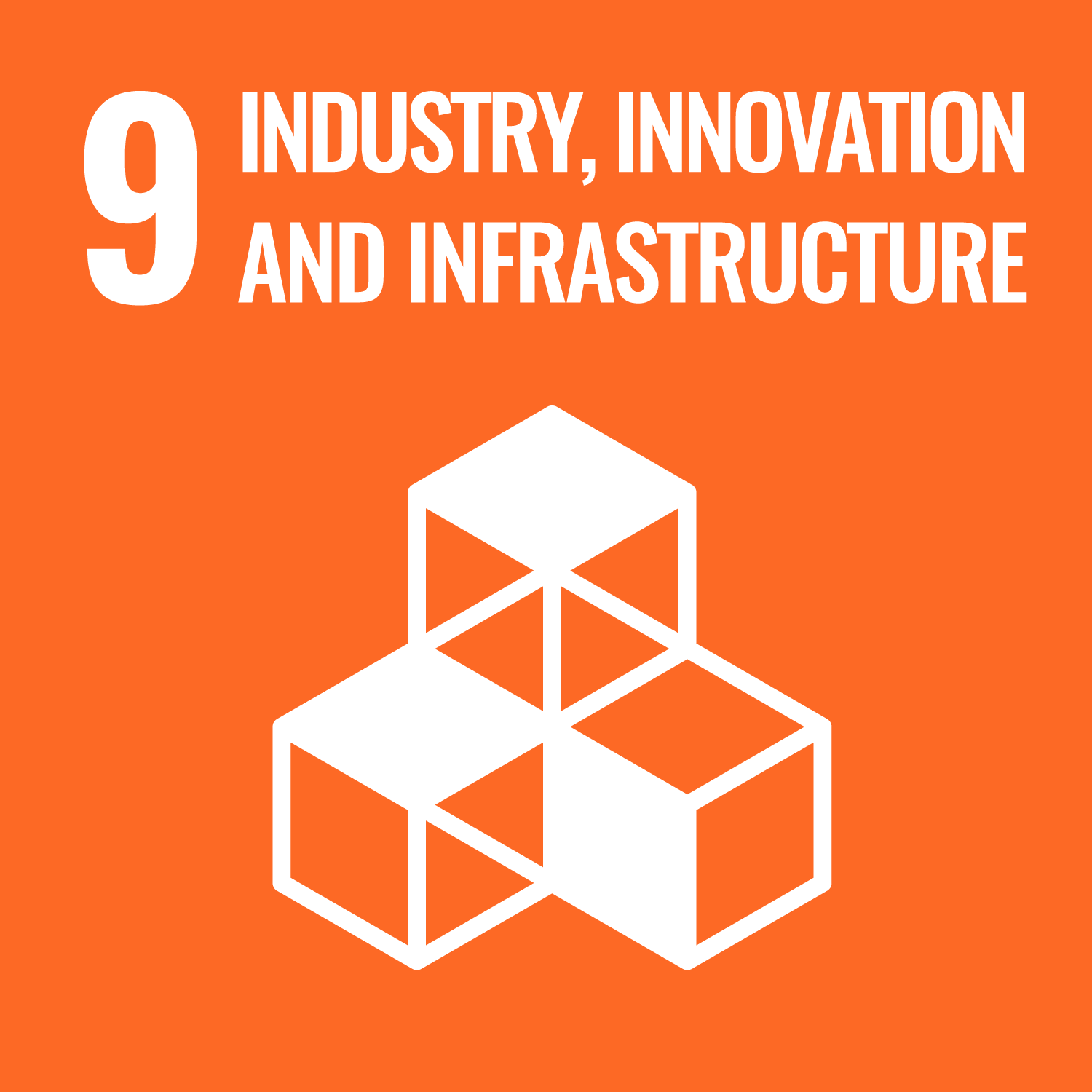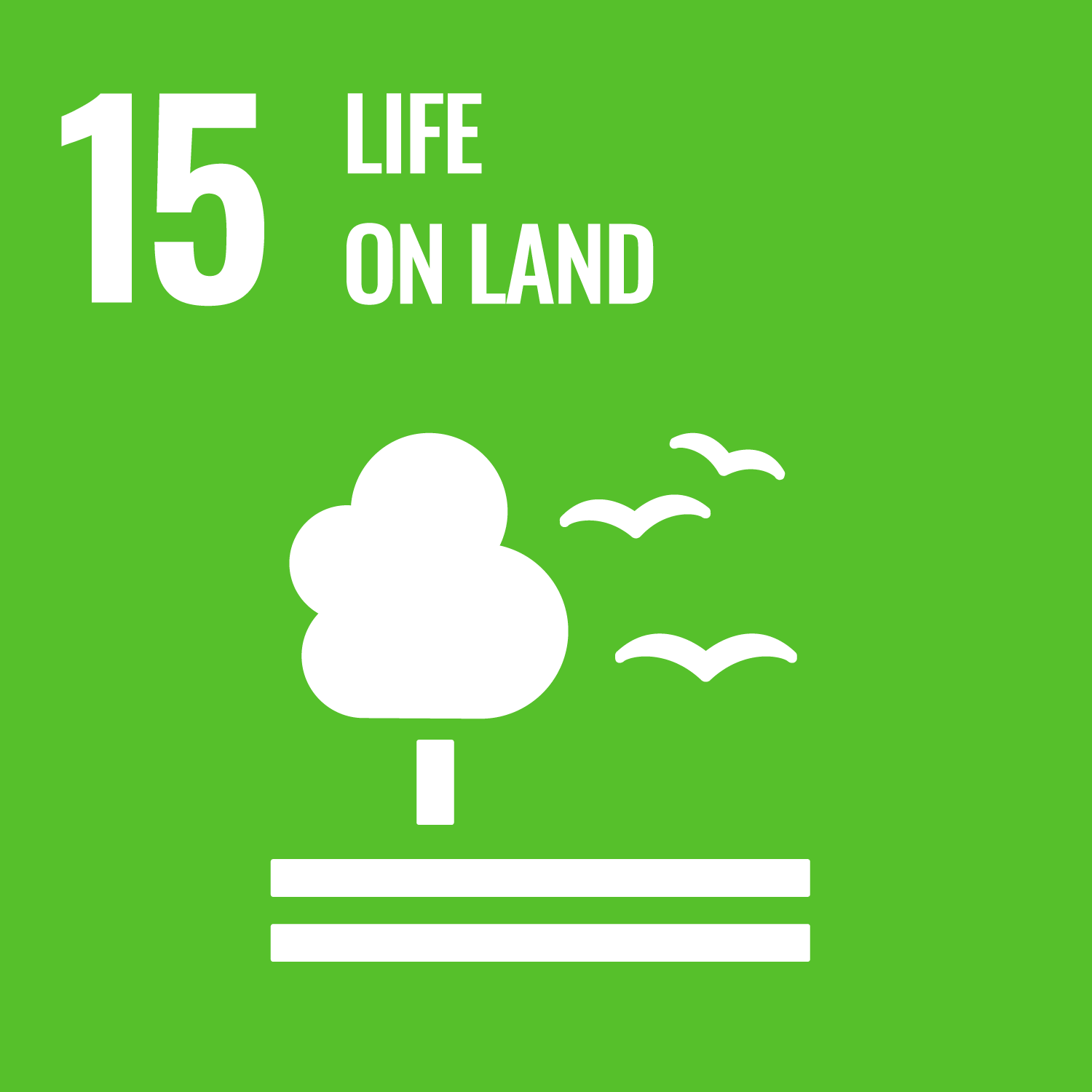Build better, build right: A new tool for sustainable, climate-resilient infrastructure

OCP recently worked with the Presidency of Taiwan to hold an international hackathon, inviting participants from around the world to propose solutions for building better, more sustainable infrastructure, using open data. The event was a huge success, and we were very impressed with the smart and innovative work produced by all participants. We’re proud to feature the top teams’ projects in this blog series.
Honduras is one of the world’s most vulnerable countries to the effects of climate change. With rising temperatures, it has borne the brunt of ever more frequent severe weather events, from droughts to hurricanes to floods to landslides and more. Climate models predict that these effects will become even more severe in the near future.
Honduras has mixed land uses and faces tough challenges in striking the right balance between development activities and environmental concerns. On many occasions, infrastructure projects have been developed without proper planning or consideration of environmentally sensitive locations. Additionally, there is often poor coverage of basic services, which in turn leads to social conflicts across the country.

CoST Honduras put together a team of policy and technical experts to brainstorm innovative ideas to help improve the planning process for infrastructure projects. From our early analysis, we discovered that infrastructure projects are often:
- approved and built in inappropriate places including environmentally-vulnerable areas;
- the cause of severe environmental impacts during construction, such as degradation and deforestation; and
- compromised or damaged as a result of extreme weather events.
Upon closer inspection, we also discovered that in most cases, the criteria and/or reasons for granting environmental licenses for proposed infrastructure projects were unclear or in the worst cases unknown.
What we did
So we came up with an idea for a tool named INFRAS to provide detailed information on the environmental risks of proposed infrastructure projects (see system architecture below).
Our vision for INFRAS is to benefit government officials, the private sector and civil society representatives by
- enhancing clarity and understanding of the extent of environmental violations;
- improving decision-making and processes to reduce environmental impacts and risks;
- identifying opportunities to develop more sustainable infrastructure projects.
This will prevent infrastructure projects from being built in environmentally-protected areas such as rainforests, or environmentally-hazardous areas like those prone to flooding or landslides.

In a first step, we collected data from different sources, including:
- SISOCS – an infrastructure transparency portal disclosing data on 1,445 infrastructure projects across their whole project life cycle: from planning to completion. (In the near future, SISOCS will publish OC4IDS data);
- SINEIA – the national system for Environmental Impact Assessment managed by the Ministry of Natural Resources;
- Land use maps managed by the Institute of Forest Conservation that contain data on environmental licenses and protected areas; and
- SINAGER – an early warning system run by the National Agency of Contingencies that provides maps on risks and vulnerabilities.
Using this data, we built INFRAS, a user-friendly tool with a visual analytics dashboard including an interactive ‘red flags’ map. In the concept phase, INFRAS shows:
- Approved infrastructure projects and corresponding environmental licenses (or lack thereof);
- Discrepancies between approved projects and environmental regulatory requirements;
- Approved projects without environmental impact assessments (EIAs) or failures to disclose EIAs.

With INFRAS, citizens will gain access to more detailed information on infrastructure projects across Honduras and on the extent to which these projects comply with environmental regulations. We are also working on a public monitoring or feedback mechanism so that citizens can send real-time updates and observations on ongoing projects.
We presented our work at the Taiwan Presidential Hackathon and, along with the Mentadak Team from Malaysia, emerged as one of the two winning teams!
What we learnt
Some early results from the data sample fed into INFRAS were:
- 75% of approved infrastructure projects had been granted an environmental license
-
- BUT 72% of projects with an environmental license (that is, 54% of all projects in the sample) showed inconsistencies or errors in the type of license granted (what was legally required vs what was granted);
- 76% of the projects with discrepancies were financed by national funds;
- 94% of the projects with discrepancies were managed by one procuring entity.
- The remaining 25% of projects went ahead even though the required environmental licences had not been granted.
The hackathon also helped us to identify new extensions that can be added to the existing SISOCS platform and the Open Contracting 4 Infrastructure Data Standard, specifically those related to the environmental assessment within the project planning stage.
What we will do next
Our prototype was limited to identifying irregularities between environmental licensing requirements and licenses granted. However, we will expand this project to include additional parameters, such as data on forestry or environmentally-protected areas, as well as weather patterns, including the likelihood of extreme weather events that can cause landslides and floods. This will ensure proper evaluation of the vulnerability of the infrastructure projects and enable decision-makers to better plan for and design climate-resilient infrastructure.
Next, we plan to incorporate data and indicators to analyze the social, institutional, economic and financial sustainability of the projects, such as land acquisition and resettlement needs, as well as expected project lifespans and maintenance plans.
- SDG 9: To build resilient infrastructure, promote inclusive and sustainable industrialization, and foster innovation
- SDG 11: To make cities inclusive, safe, resilient and sustainable
- SDG 15: To sustainably manage forests, combat desertification, halt and reverse land degradation, and halt biodiversity loss
With Honduran farmers already fleeing the effects of climate change, economic and human development in the country will depend on the construction of sustainable and climate-resilient infrastructure. This touches on many of the goals enshrined in the Sustainable Development Goals (SDGs). Building sustainable infrastructure (Goal 9) is crucial to make cities safe and resilient (Goal 11), as well as to protect and promote sustainable use of our forests and land (Goal 15). We’re excited about our tool’s potential to arm decision makers with better information about infrastructure projects, and in turn, help them to make the right choices for the citizens of Honduras and the environment.


